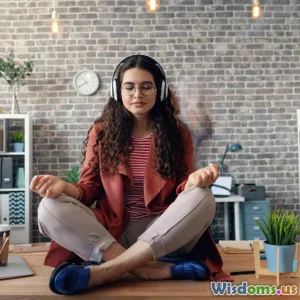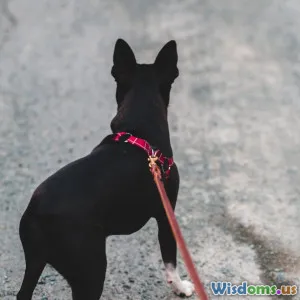
Creative Techniques to Cultivate Present Moment Awareness
15 min read Discover creative techniques to enhance present moment awareness and mindfulness in daily life. (0 Reviews)
Creative Techniques to Cultivate Present Moment Awareness
Few modern challenges are as stealthy yet ubiquitous as distraction. With every ping, scroll, and to-do list, the refuge found in the simplicity of the present moment can feel continents away. Cultivating present moment awareness, or mindful presence, deepens both our experiences and relationships. However, achieving this mindful presence often calls for more than meditation cushions and breathing exercises—it rewards creative approaches tailored to contemporary life. Let’s explore original, actionable techniques for inviting genuine presence into the heart of your day.
Engaging the Senses: Creating Anchors in Everyday Life

The senses are nature’s built-in doorways to the present. Frequently, we rush through sensations—savoring flavors for only a second or barely noticing textures beneath our fingertips. However, purposely engaging the senses transforms mundane moments into mindful experiences ( sensory anchoring).
The Method: Sensory Immersion
- Choose One Sense at a Time: For instance, as you shower, focus exclusively on tactile sensations—water temperature, pressure, the feeling of soap.
- Engage with Intention: If you’re eating, dedicate your first two bites to noticing every taste, aroma, and texture. Try describing them aloud or silently.
- Return When Distracted: When the mind inevitably wanders, gently bring attention back to the chosen sense, viewing this return as a moment of triumph.
Real-World Example: The "Commute Hearing Ritual"
A busy executive transformed his subway ride by turning off his phone and focusing on background conversations, track noises, and passing announcements, discovering a surprising calm and alertness as a result.
Sensory exercises are portable and don’t require changing locations or schedules—they simply repurpose moments already in your day.
Mindful Micro-Creativity: Tiny Acts to Anchor Awareness

Present moment awareness doesn’t depend solely on long, formal practices. Small creative acts, done regularly, can ground attention powerfully. This practice, sometimes called mindful micro-creativity, involves deliberately pausing for less than five minutes to do something intentionally unique or artistic.
Activities for Micro-Creativity:
- Doodle with Purpose: Keep a notepad handy. When stress peaks, draw a quick, mindful sketch of what you observe around you.
- Spontaneous Poetry: Jot down a haiku describing your environment. This requires noticing details and capturing them concisely.
- Found Object Arrangement: On the way to your work desk, gather three nearby objects. Arrange them in a new pattern, focusing on their textures and colors before returning them.
Neuroscience Backing
According to a 2020 study published in Frontiers in Psychology, short creative exercises foster attentional flexibility and enhance mood. The key is not in the scope or artistry, but in the break from routine—deliberately engaging fresh perspectives, even for moments, sharpens present focus.
Walking as a Moving Meditation
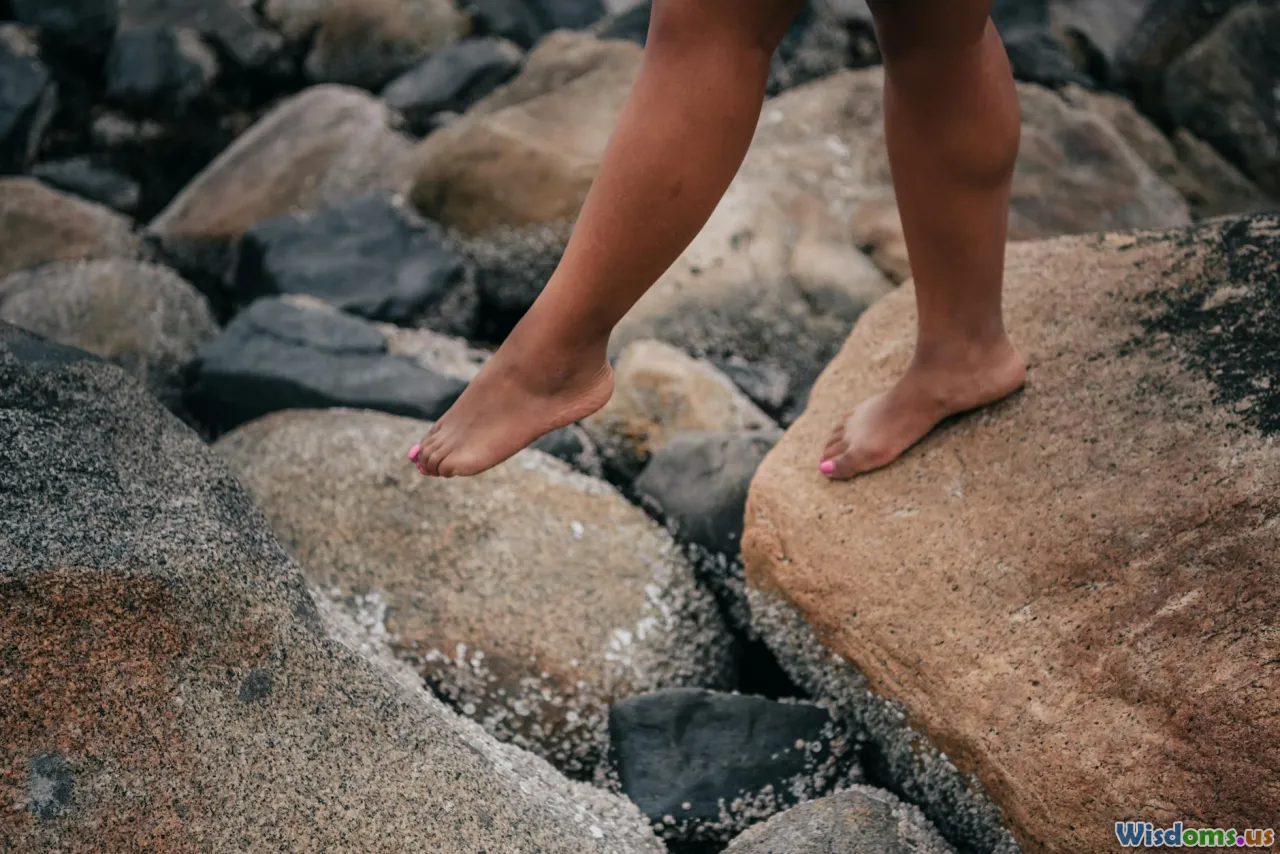
Walking and movement are deeply compatible with mindfulness. You don’t need a forest trail—hallways, sidewalks, and even parking lots are stages for mindful presence.
How to Practice "Awareness Walks":
- Set a Gentle Pace: Aim for even slower than usual, even if just for a few steps.
- Notice Physical Sensations: Tune in to how your feet touch the ground, the rhythm of your breath, or your arms swinging. What are you feeling in your calves, knees, or hips?
- Expand Your Field: After localizing attention to one part of the body, expand slowly to include sounds, sights, and temperature.
Nature Variations
Walking in green spaces adds extra benefits: studies show even ten minutes outdoors can reduce cortisol and improve attention ( see Hunter et al., International Journal of Environmental Health Research, 2019*).
Urban Example: A teacher developed a 50-meter “awareness circuit” around her cafeteria. Each midday, she walked it slowly, eyes surveying the subtle changes in light and sound.
Creative Journaling Methods
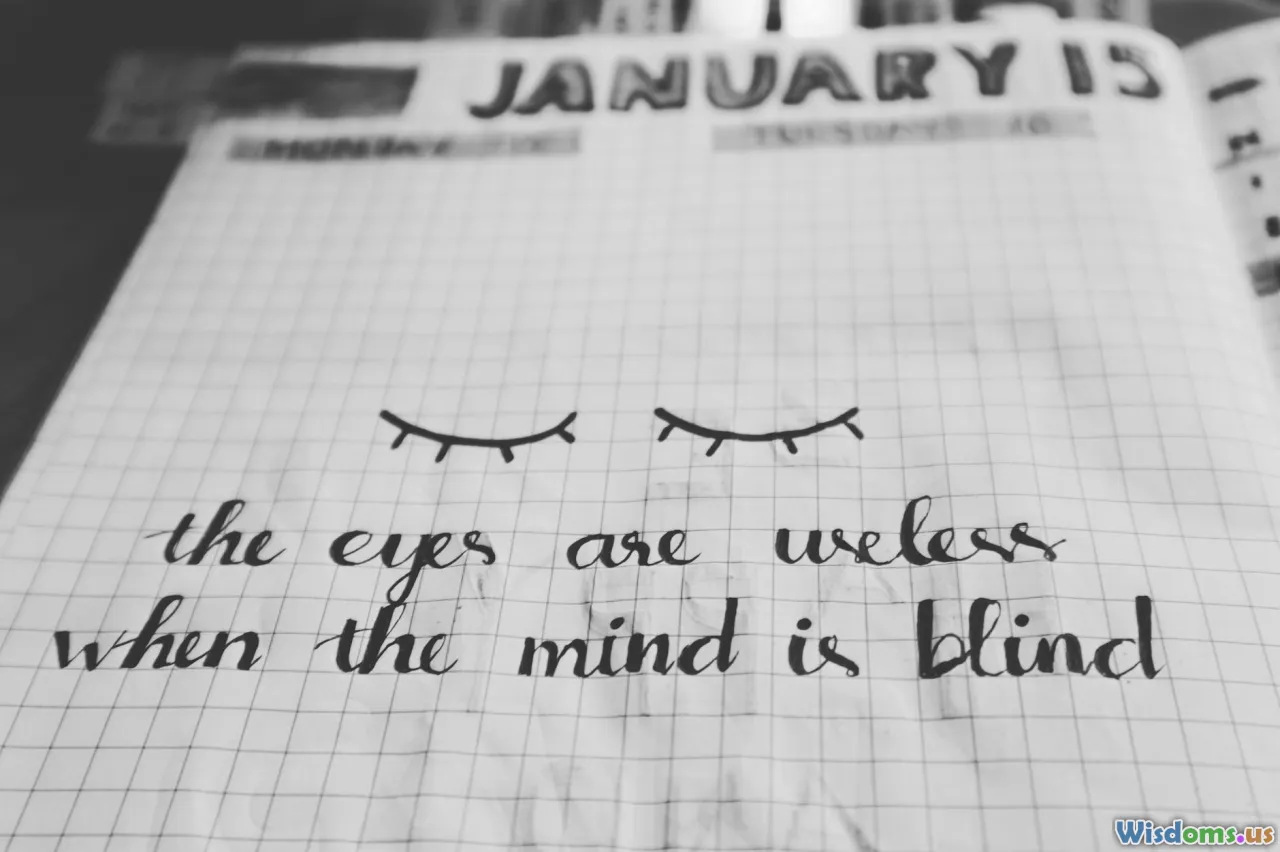
Classic journaling becomes a modern mindfulness tool with a creative twist. Rather than a mere log of the day, the journal can be a laboratory for nonjudgmental, present-focused observation.
Innovation in Journaling for Awareness
- The "Headline Moment": At day’s end, create a playful news headline summarizing your most present moment ("Sunlight on Coffee Mug Takes Center Stage").
- The Five-Minute Sketchbook: Quickly sketch the view from where you’re sitting, focusing on detail, not artistry.
- Color-Mood Doodles: Pick a pen of a color matching your current mood; write a few words—don't overthink it.
The Benefits
Engaging the page creatively bypasses inner critics and perfectionism, encouraging immediate, embodied perception rather than rumination—a foundation of mindful presence.
Mindful Pauses With Everyday Technology

Technology can just as easily disrupt as deepen presence. Curating digital habits is a creative necessity for mindful modern living.
Actionable Tips:
- Intentional Unlocking: Each time you unlock your device, take a single breath before acting. Use custom wallpaper reminders (e.g., "One Breath First").
- Mindfulness Apps, Reimagined: Rather than endless options, select one app that offers brevity—like a one-minute mindful bell—or create your own with scheduled alarms for "Awareness Check-ins."
- Digital Declutter Ritual: Each Friday, delete or organize three unused apps while mindfully noting any emotional reactions (annoyance, nostalgia, etc.).
Inspiring Success Story
In 2023, an Amsterdam law firm introduced intentional tech pauses by posting QR codes that, when scanned, played a 60-second audio prompt back to the present—building communal mindfulness into shared spaces.
Creative Mindful Conversation
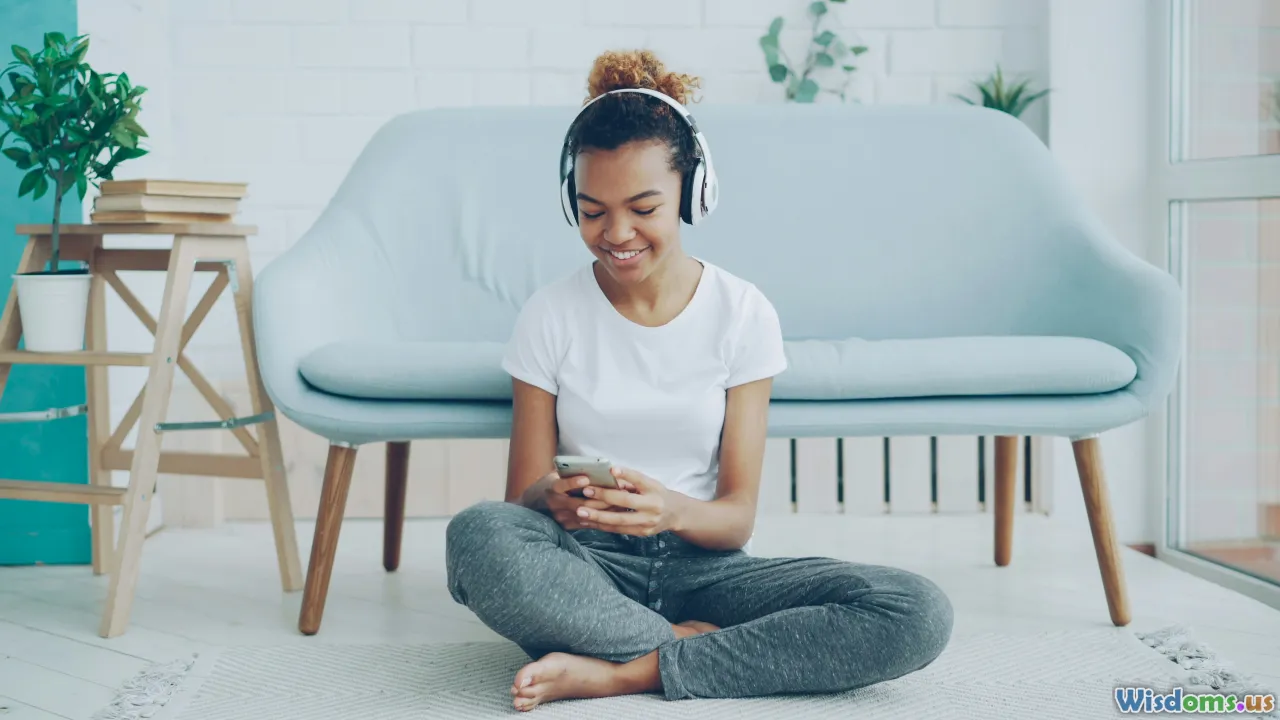
True present moment awareness glows in our interactions, yet most conversations skim the surface. Practiced purposefully, creative mindful dialogue revitalizes connection.
Conversation Techniques to Foster Presence:
- Active Echoing: Before responding, repeat back what you heard in your words to ensure full listening ("So it sounds like this week really challenged you...").
- Silent Pause Rule: After someone shares, count three silent seconds in your mind before you speak. This slow-down breeds richer, more attuned replies.
- Unusual Questions: Ask, “What was beautiful about your day?” or “What detail made you smile this week?” to prompt focused, here-and-now reflection.
Notable Fact
According to Harvard research, people spend nearly 47% of their waking hours thinking about something other than what they’re doing, especially during conversations. Deliberate conversation rituals counteract this habitual autopilot ( Killingsworth & Gilbert, Science, 2010*).
Mindfulness Through Art and Music Appreciation
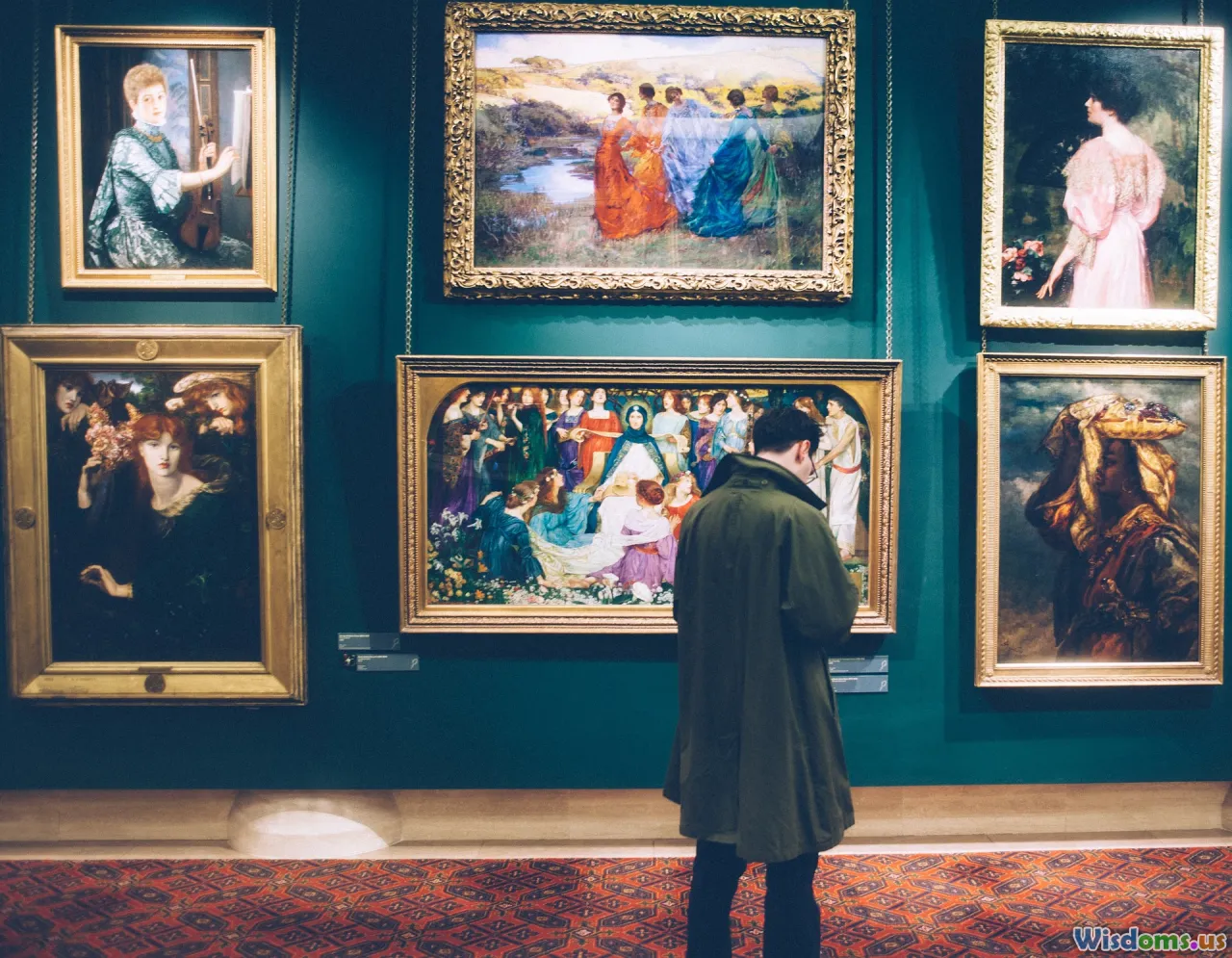
Engagement with art and music is an ancient path to presence. Yet most of us speed through galleries or playlists without deep notice. Slowing down and creatively receiving art can anchor you firmly in the now.
Innovative Approaches:
- Single Masterpiece Focus: Instead of wandering through a gallery, select one artwork to observe for five full minutes. Note color, form, and emotional shifts.
- One-Song Meditation: Play a song, close your eyes, and chart the instruments you hear. Notice any physiological reactions—goosebumps, tension, or relaxation.
- Participatory Creativity: Join a "paint and sip" night or online collaborative playlist event where you must stay open to spontaneous creation.
Practical Insight
Ground-breaking music therapy research (Juslin & Sloboda, 2011) shows that attentive listening alters the brain’s emotional processing in real time, making music listening an opportunity for real-world mindfulness practice.
Nature Connection: Noticing the Subtle
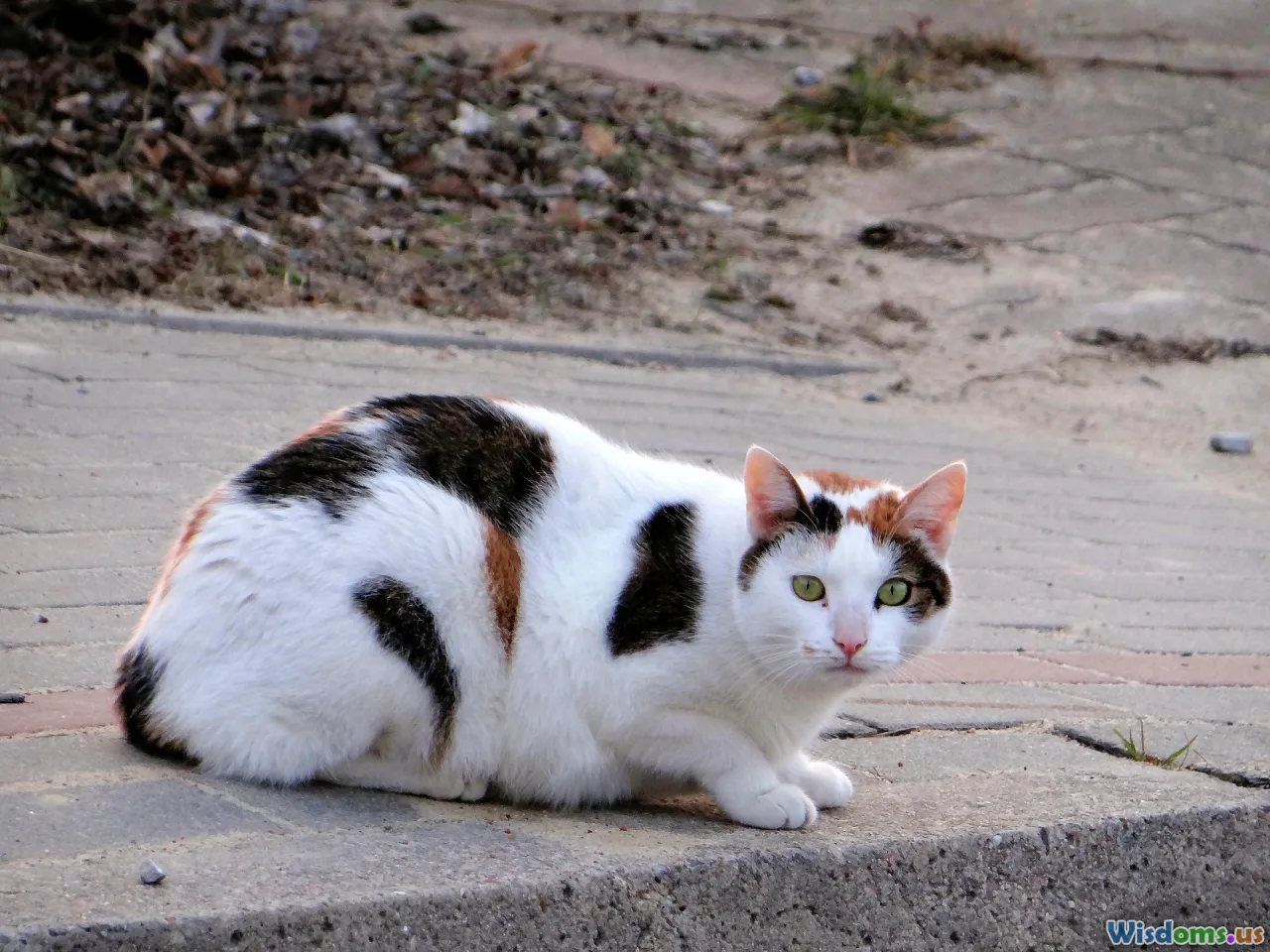
Natural settings nurture presence by slowing pace and heightening subtlety. Yet you don’t need wilderness—balcony plants, city parks, or even rain on a window suffice. The key is creative, intentional noticing.
Practice Suggestions:
- Cloud Watching Ritual: Each week, spend five minutes observing the sky. Name at least three distinct cloud shapes or transitions.
- Plant Care Meditation: As you water or repot a plant, note every sensory detail—the scent of soil, the sound of running water, the feeling of softness or prickliness.
- Urban Wildlife Tracking: Pause to spot birds, insects, or squirrels and track their movements. This develops awareness of ambient life amid urban hum.
Empirical Evidence
Biophilia researchers note that micro-interactions with nonhuman living things, even at the balcony or backyard scale, trigger measurable drops in stress hormones and improved heart rate variability ( Bratman et al., PNAS, 2015*).
Playfulness and Improvisation in Unscripted Moments
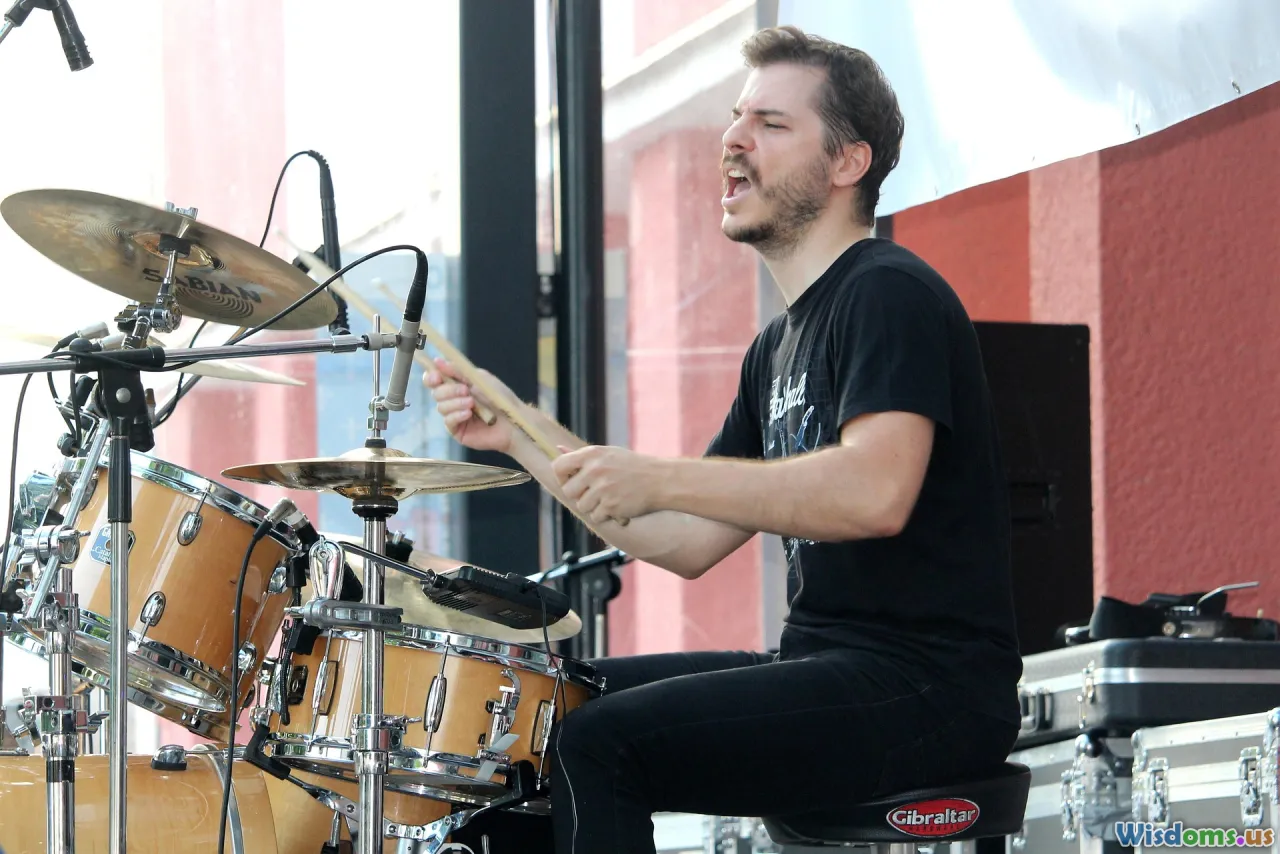
Humor and playfulness stimulate attention by breaking habitual expectations. Incorporating playful improvisation injects surprise into familiar environments—and builds resilience in returning to the present.
Bringing Play Into Presence:
- Improv Game-As-Mindfulness: Try “Yes, and...”—a game where you accept what’s presented by a friend and build on it. This requires presence, adaptability, and creativity.
- Random Rule Creation: Make an ordinary activity (like clearing the table) interesting—do it with your non-dominant hand or in complete silence.
- Unexpected Objects: Keep a “mystery object” visible at home or work, changing it weekly. Notice what new details or associations arise.
Human Development Insight
Psychology research highlights that adults engaged in structured play (think improvisational comedy or group storytelling) show increased creative focus, enhanced social attunement, and improved ability to notice subtle cues—a transferable present-moment skill.
Integrating Creative Mindfulness Into Work
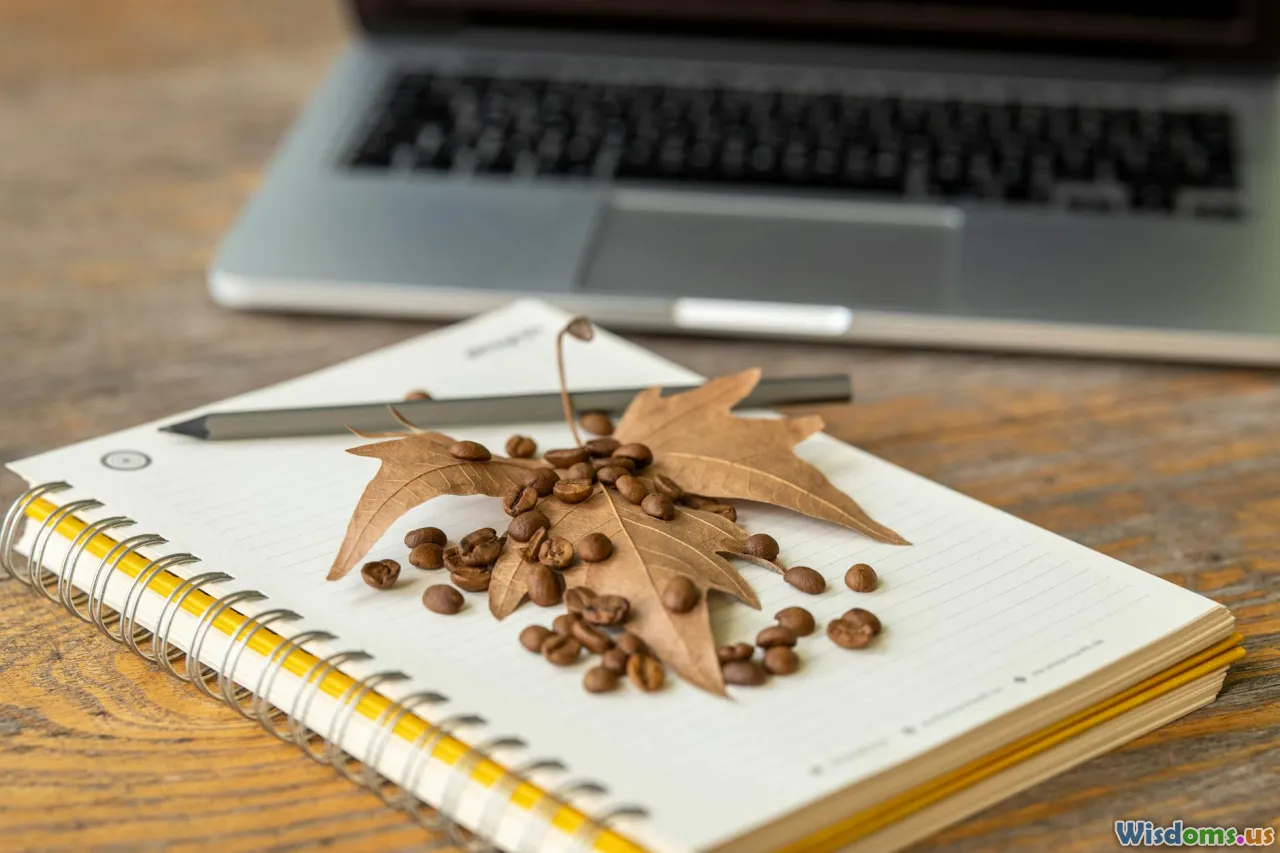
The modern workplace appears fertile ground for distraction. Yet, creative awareness techniques can transform office routine into mindful productivity, supporting focus and well-being.
Concrete Methods:
- Check-in Rituals: Begin meetings with two minutes for attendees to write or sketch their current mood before business commences.
- Alert Customization: Use non-intrusive alerts (gentle chimes, non-urgent colors) to signal breaks for stretching or eye rest. Treat these as invitations, not interruptions.
- "Reflection Reflection": After a major task, write a three-sentence summary in a visible spot—this helps recognize (and savor) completion, reinforcing the present.
Organizational Benefits
Studies from Gallup and the World Health Organization have linked mindful practices to improved job satisfaction, reduced burnout, and increased creativity, showing value for both individuals and organizations.
Present moment awareness, practiced creatively, flourishes far outside the meditation hall. Whether through artful observation, playful engagement, or mindful pauses built into routines, the present awaits our curiosity and ingenuity. Even in the busiest day, a single inspired minute can reconnect us—vividly and unmistakably—with the life happening here and now.
Rate the Post
User Reviews
Popular Posts













